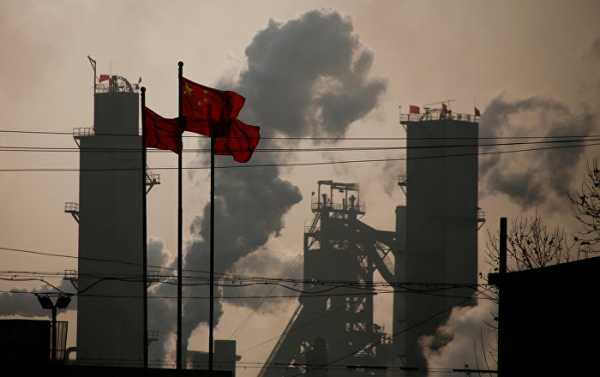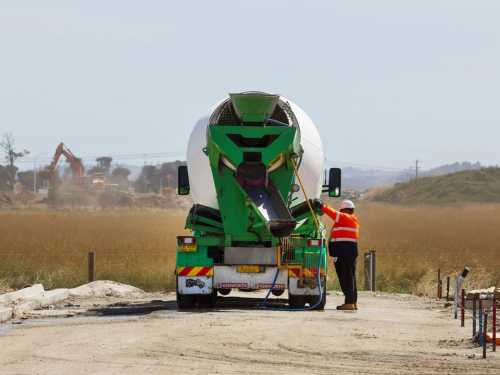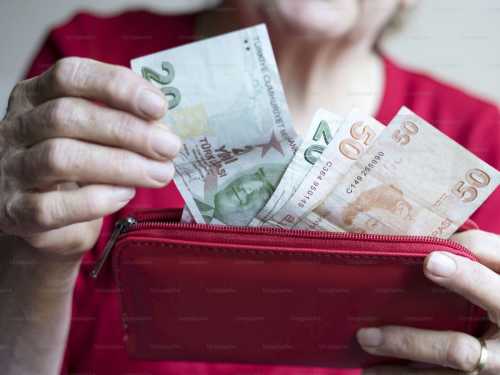
Beijing expects in this past month moderate recovery in China’s manufacturing sector, and is preparing to introduce a budget accommodation aimed at reducing the country’s dependence on exports and increasing domestic consumption.
Christian rose —Chinese manufacturing activity is projected to gain momentum in March after a sharp decline last month. While it continues to expand, albeit at a slower pace, production in China is faced with a reduction in exports, combined with gradually rising domestic demand.
This comes as the Chinese Central government is considering to reduce the value added tax (VAT) for enterprises in the real sector of the economy in order to stimulate domestic demand for Chinese-manufactured goods.
According to preliminary forecasts, the Index of purchasing managers (PMI) for the manufacturing sector of China rose to 50.5 points this month, compared with 50.2 in February. A reading above 50 indicates expansion.
The higher expected production activity is connected with the decision of Beijing to lift restrictions on air pollution he has left for the winter. In addition, the Chinese construction sector is bracing for a seasonal acceleration in the spring, stimulates demand for industrial goods.
It would mean the 20th consecutive month of continuous expansion of production to China, a good sign for the wider Chinese economy, reflecting its underlying strength.
According to the report, China’s “beige book” released this week, this outgoing quarter the Chinese company increased production of steel products, driven by solid sales performance, including exports. Consequently, lending in China, business investment and employment are all modest increases in the same period.
However, the increase in inventories has put pressure on steel prices. In addition, tariffs on industrial metals, imposed by the US, also dampens the prospects for Chinese steel producers.
Australia between a rock and a hard place in us-China trade disputes
Beijing expects the Chinese economy to expand by 6.9% year-on-year in the first half of this year, in line with last year’s growth rate. However, at the end of 2018, the Chinese authorities expect GDP growth to moderate to 6.5 percent.
Another report showed even more significant improvement in the economic activity of China. Time from caixin/markit Manufacturing PMI, forecast to increase to 51.7 this month, compared with 51.6 in February.
Index caixin/markit PMI data focuses on small and medium enterprises (SMEs), while the state of consumer prices mainly reflects the activity of large state-owned enterprises (SOEs).
A simple comparison of the two reports suggests private sector in China is growing at a faster pace, contributing a large share to GDP and employment.
The government in Beijing said that the market would encourage the private sector of the economy, and his latest initiative — a tax cut for manufacturers — is seen as a benefit mainly in the segment of small and medium businesses.
The reduction of VAT in China, according to state media, will reduce the tax burden for Chinese manufacturers independently at least $ 38 billion this year. This measure is aimed at increasing the stability of the Chinese industrial production and to provide SMEs a competitive advantage against major state-owned conglomerates.
“Tax reduction is a positive step,” intelligence “Goldman Sachs”, wrote in a note. “However, the magnitude of the cut is relatively small and already included in the official budget.”
Tax cuts also projected a reduction of structural imbalances in the Chinese economy and to contribute to global economic growth, as robust factory activity in China is driving global demand for energy and commodities.
The government plans to reduce the VAT rate from 17 to 16 percent for manufacturers and from 11% to 10% for the selection of other industries.
Beijing also said it plans to introduce a reduction of income tax, as well as the provision of public subsidies for electric and buy a car with hydrogen. These measures come in the context of broader economic reforms, as Chinese government seeks to reduce the economy’s dependence on exports and support domestic demand, providing Chinese growth more sustainable.
Sourse: sputniknews.com






